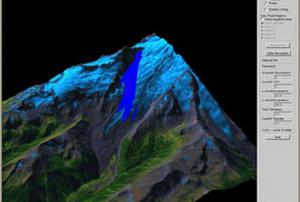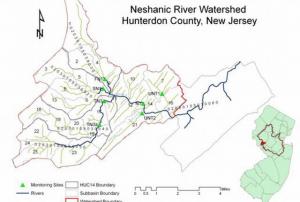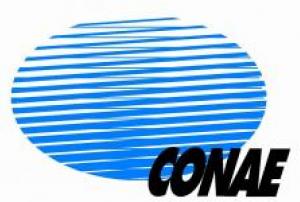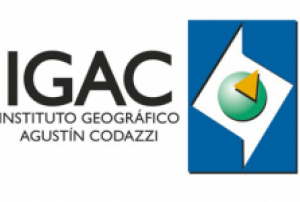Mouvement de masse
Definition
Facts and figures
Further information
UN-SPIDER Regional Support Offices with hazard-specific expertise
Related content on the Knowledge Portal
The Azores archipelago is exposed to different geological and meteorological hazards already responsible for thousands of deaths and severe damages. In order to detect precursory signals and develop early warning systems a multi-parametric monitoring network is under operation. Geophysical, geodetic, geochemical and meteorological independent techniques provide data that are integrated in the scope of a continuous hazard and risk assessment programme to support civil protection regional and local authorities.
read moreThe Tropical Rainfall Measuring Mission (TRMM), launched in 1997, uses active and passive microwave instruments to confirm the validity of tropical rainfall estimates derived from operational passive microwave sensors and provides a foundation for merging rainfall information from other satellites. High-resolution microwave information is important for fixing the locations of tropical cyclone tracks as well as establishing accurate initial positions to effectively forecast tropical cyclone progression. The TRMM Microwave Imager (TMI) is designed to “see” through clouds and provide high-resolution rainfall structure information within tropical cyclones. TRMM’s Precipitation Radar (PR) is designed to provide vertical structure information within tropical cyclones. Together, TRMM PR and TMI data have been used to establish key characteristics of the distribution and variability of rainfall in tropical cyclones and obtain insights into storm structure,…
read moreA GPS monitoring system has been developed for the investigation of landslides. The applicability of this system is demonstrated by monitoring the deep-seated mass movement Gradenbach, Austria. 17 GPS surveys of at least 48 hours duration each were carried out during the last seven years. The motions can be determined with an accuracy of 4 mm in horizontal direction and 8 mm in vertical direction. The accurate GPS results suggest that the velocity pattern of the deep-seated mass movement at Gradenbach is not uniform but rather intermittent, i.e., highly accelerated motions are followed by periods of creeping. The causes for this pattern are unknown.
read more
For the investigation of the mechanics of this phenomenon a strain rosette for in-situ measurements of local distance changes is being developed. It consists of three embedded extensometers at a separation in orientation of 120°. The sensors are long gauge (5 m) fibre optical…The Agustin Codazzi Geographic Institute (IGAC) of Colombia and UNOOSA recently signed a cooperation agreement making IGAC the newest UN-SPIDER RSO. IGAC has been promoting the use of space-based information within Colombia for a variety of purposes and has also been supporting UN-SPIDER in activities conducted in Latin America and the Caribbean. As an RSO, IGAC will continue to provide support in terms of experts towards the provision of technical advisory support to countries within the region and will contribute to capacity building efforts in this region.
El Instituto Geográfico Agustín Codazzi (IGAC) de Colombia y UNOOSA firmaron en el año 2011 un acuerdo de cooperación para establecer la Oficina Regional de Apoyo en Colombia. IGAC promueve en Colombia el uso de información obtenida desde el espacio para distintos propósitos y ha apoyado a ONU-SPIDER en sus actividades conducidas en América Latina y el Caribe. Como Oficina Regional de Apoyo, IGAC continúa ofreciendo expertos a ONU-SPIDER para su Asesoría Técnica a países de la región con el objetivo de contribuir en los esfuerzos de fortalecimiento de capacidades en la región.





